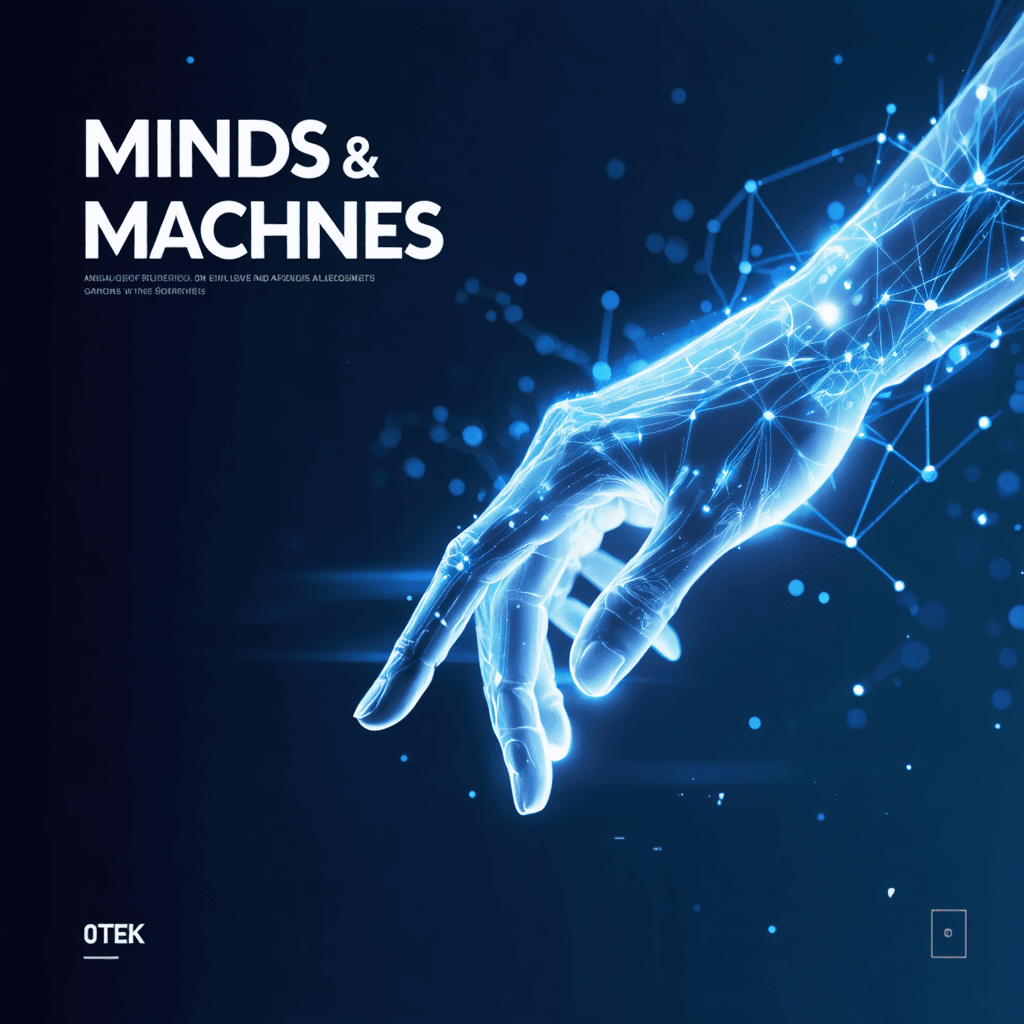Bridging Minds and Machines: Expert Strategies for HCI-AI Research Collaboration
In the rapidly evolving landscape of technology, the intersection of Human-Computer Interaction (HCI) and Artificial Intelligence (AI) has become a critical frontier for innovation. As these fields continue to converge, researchers and practitioners face unique challenges and opportunities in creating meaningful collaborations that advance both disciplines.
Understanding the Synergy
The relationship between HCI and AI is inherently symbiotic. While AI systems bring powerful computational capabilities and pattern recognition to the table, HCI provides the crucial human-centered perspective that ensures these technologies remain accessible, usable, and beneficial to end-users. This intersection creates a fertile ground for groundbreaking research and development.
Key Areas of Collaboration
1. User Experience Design for AI Systems
One of the most significant challenges in HCI-AI collaboration lies in designing intuitive interfaces for complex AI systems. Researchers must consider:
- Transparency and explainability of AI decisions
- User trust and mental model development
- Feedback mechanisms that enhance user understanding
- Adaptive interfaces that learn from user behavior
2. Data Collection and Analysis
The success of AI systems heavily depends on quality data, and HCI methodologies provide valuable frameworks for:
- Ethical data collection practices
- User behavior analysis
- Contextual inquiry techniques
- Participatory design approaches
Best Practices for Successful Collaboration
1. Establishing Common Ground
Successful HCI-AI collaboration requires:
- Creating shared vocabularies between disciplines
- Defining clear project objectives
- Setting realistic expectations for both technical and human-centered outcomes
- Regular cross-disciplinary knowledge sharing sessions
2. Iterative Development and Testing
Implementing an iterative approach ensures continuous improvement:
- Regular user testing and feedback collection
- Rapid prototyping of AI-driven interfaces
- Continuous evaluation of system performance
- Adaptation based on real-world usage data
Challenges and Solutions
Technical Challenges
Integration Complexity
- Solution: Develop modular systems that allow for independent testing and refinement
- Implement standardized APIs for seamless communication between components
Performance Optimization
- Solution: Balance computational efficiency with user experience requirements
- Utilize progressive enhancement techniques
Human Factors
Trust Building
- Solution: Implement transparent AI decision-making processes
- Provide clear feedback mechanisms
- Design fail-safe systems with human oversight
Learning Curve
- Solution: Develop intuitive onboarding processes
- Create layered complexity in user interfaces
- Provide contextual help and documentation
Future Directions
The future of HCI-AI collaboration holds exciting possibilities:
Emerging Technologies
Multimodal Interfaces
- Natural language processing
- Gesture recognition
- Emotional intelligence integration
Adaptive Systems
- Context-aware computing
- Personalized user experiences
- Learning from user behavior patterns
Research Opportunities
Cross-Cultural Studies
- Understanding cultural differences in AI interaction
- Developing culturally adaptive interfaces
Ethical Considerations
- Privacy-preserving AI systems
- Bias detection and mitigation
- Responsible AI development
Implementation Strategies
1. Planning Phase
- Conduct thorough user research
- Define clear success metrics
- Establish evaluation frameworks
- Create detailed documentation protocols
2. Development Phase
- Use agile methodologies
- Implement continuous integration
- Regular stakeholder feedback
- Maintain flexible architecture
3. Deployment Phase
- Gradual rollout strategies
- Comprehensive user training
- Monitoring and feedback systems
- Regular performance assessments
Best Practices for Research Teams
Communication
- Regular cross-functional meetings
- Clear documentation standards
- Open channels for feedback
- Shared project management tools
Skill Development
- Cross-training opportunities
- Workshop participation
- Conference attendance
- Collaborative research projects
Measuring Success
Quantitative Metrics
- User engagement rates
- Task completion times
- Error rates
- System performance metrics
Qualitative Measures
- User satisfaction scores
- Feedback analysis
- Expert evaluations
- Long-term adoption rates
Looking Ahead
The future of HCI-AI collaboration holds immense potential for creating more intuitive, efficient, and human-centered technological solutions. By following these strategies and best practices, researchers and practitioners can contribute to this exciting field while ensuring their work creates meaningful impact.
Ready to dive deeper into the world of HCI and AI? 01TEK offers comprehensive courses and resources to help you master these crucial skills. Visit our learning platform to explore our cutting-edge curriculum and join a community of innovative minds shaping the future of technology.
In all things that you do, consider the end.
Solon



